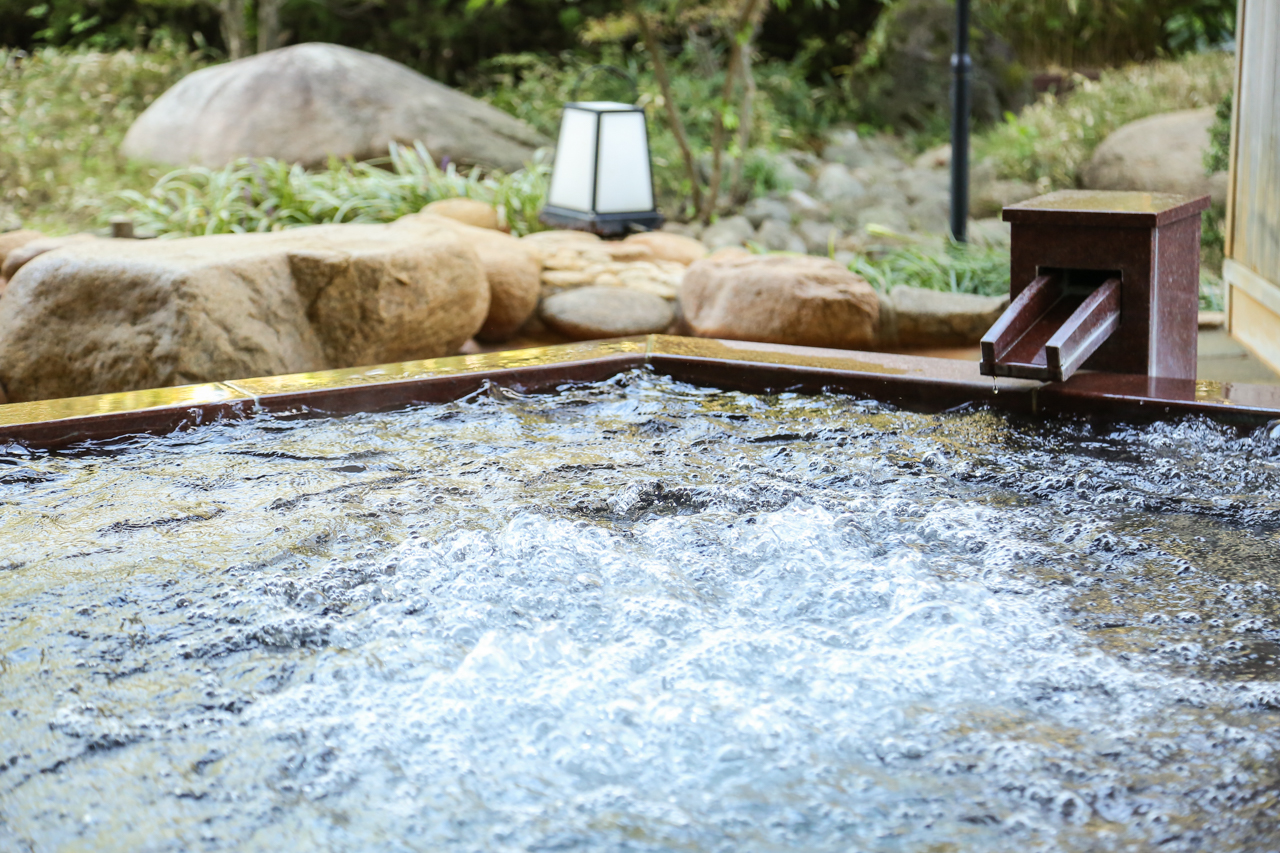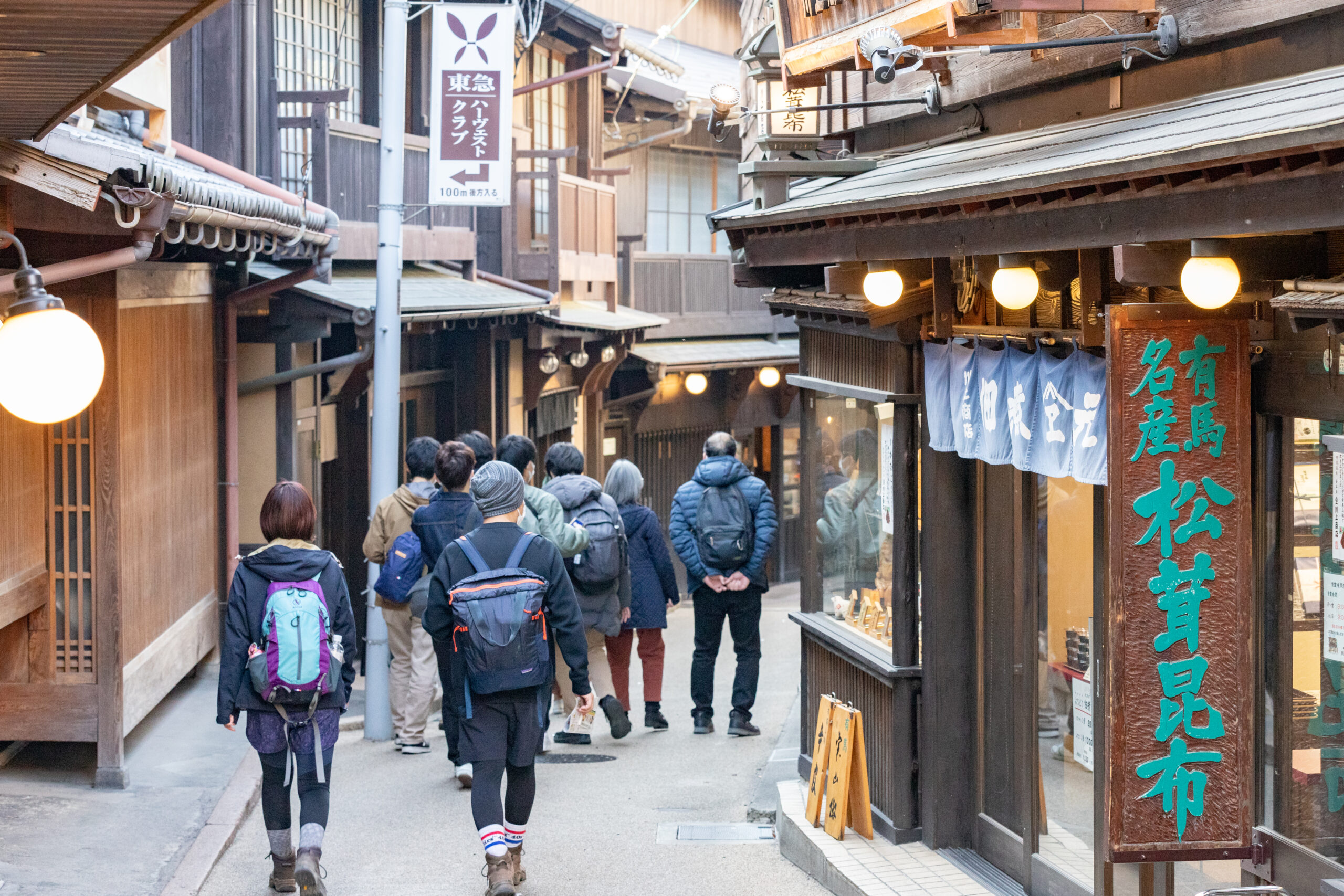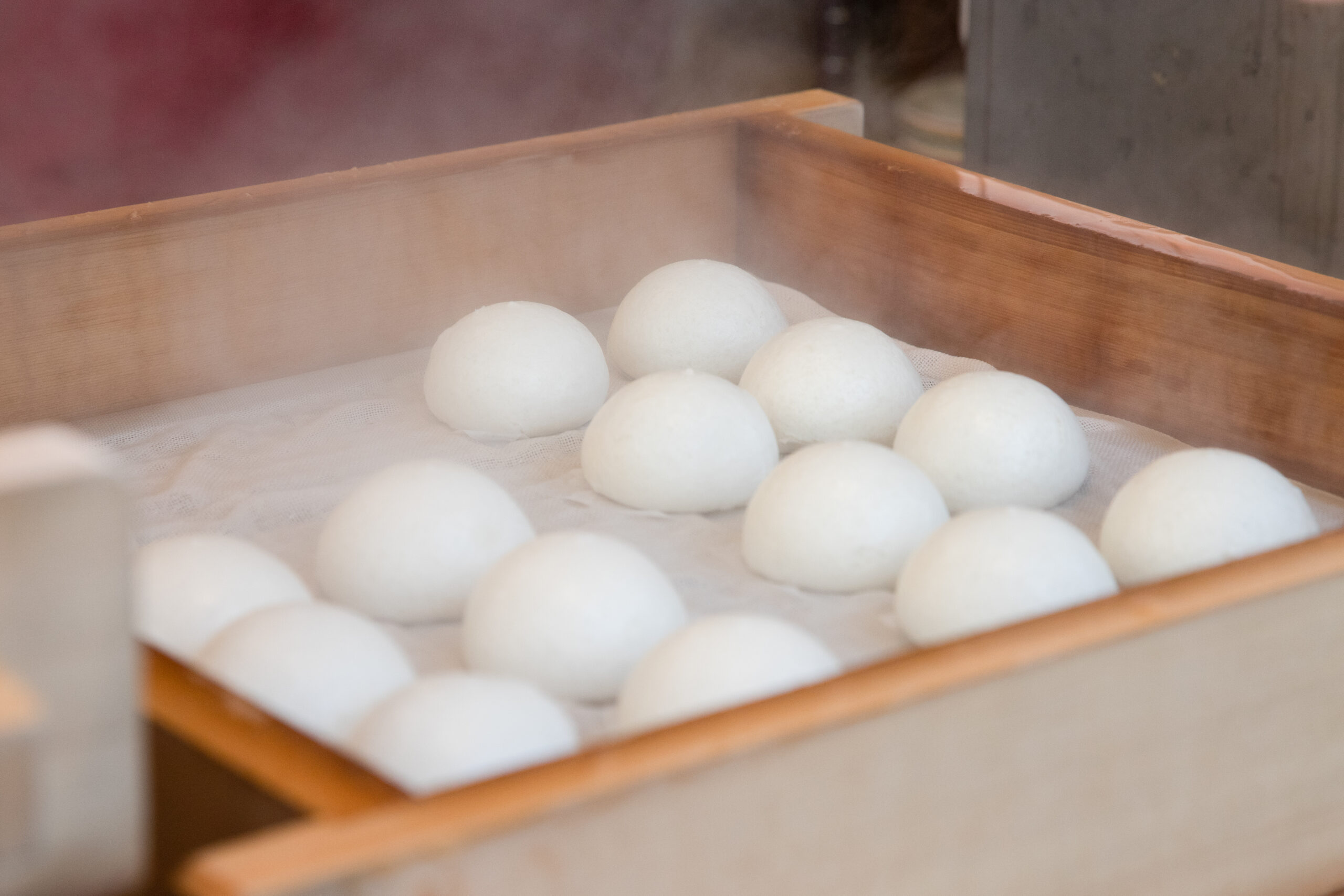
Discover everything you need to know about Arima Onsen in 2025 — from top ryokan stays and sightseeing spots to hot spring effects, food, access, and crowd-avoidance tips. Explore the timeless charm of one of Japan’s most celebrated healing retreats through all four seasons.
Arima Onsen is one of Japan’s “Three Ancient Hot Springs.” Nestled on the northern slope of Mount Rokko, steam from the mountain valley rises into the crisp winter air, wrapping the town in a soft, white veil.
Even before reaching the springs, you can sense the faint aroma of iron and sulfur — the scent of time itself flowing through this land.
Once said to cure everything but a broken heart, these waters continue to heal both body and soul, just as they have for centuries.
Recommended Ryokan and Hotels in Arima Onsen
Arima Onsen offers a wide range of accommodations, from long-established ryokan to contemporary hotels.
Kinsui-en and Hyoe Koyokaku preserve the traditional spirit of Japan with the warmth of tatami and the scent of wood.
The gentle sound of temple bells beyond the rising steam deepens the tranquility of your stay.
Arima Grand Hotel and Gekkoen feature open-air baths and live kitchens, making them popular among couples and families alike.
Evenings spent gazing over the illuminated onsen town from your room are simply unforgettable.
For solo travelers or friends on a quiet retreat, there are cozy inns where you can reconnect with yourself as morning mist drifts through the valley.
In spring, enjoy cherry blossoms and fresh greenery; in summer, cool mountain breezes; in autumn, vibrant foliage; and in winter, snow-view baths. Each season reveals the natural soul of Arima’s inns — places that live in harmony with nature.
Moments at the Ryokan
As you return up the misty slope at night, the soft scent of tatami in the hallway calms your heart.
The faint iron aroma in your hair after bathing, the warmth lingering deep within your body — the hot spring seems to breathe even as you step into the cool night air.
At midnight, the inn glows softly through the dark, and the gentle sound of flowing water lulls you to sleep.
Morning arrives with the murmur of the baths beyond the shoji screens, a breakfast of hot rice and onsen eggs steaming on the table.
Within a single night, daily stress dissolves — Arima’s ryokan are sanctuaries where time itself flows in healing rhythm.

Top Sightseeing Spots and Nearby Attractions
The heart of Arima Onsen lies in its two famous public baths — Kinsen (“Gold Spring”) and Ginsen (“Silver Spring”). By day, steam rises gracefully; by night, the town glows in soft amber light.
Wander the sloping streets lined with souvenir shops and footbaths, where time moves at a slower pace.
At Taiko no Yu, visitors can enjoy multiple baths — perfect for families or couples.
Take the Rokko Cable Car up to the mountaintop for breathtaking views of Kobe’s city lights and the onsen town below.
In autumn, Zuihoji Park bursts into vibrant colors — a view once cherished by Toyotomi Hideyoshi himself.
In winter, drifting snow and rising steam intertwine, creating an almost dreamlike world of tranquility.

Local Sweets and Flavors of Arima
As you stroll through the onsen streets, a sweet aroma fills the air.
The famous Tansan Senbei — light, crisp soda crackers — are a must-try, warm to the touch and gently fragrant in your hand after a bath.
You’ll also find Yunohana Manju and Onsen Pudding, delightful treats that capture the joy of travel.
For souvenirs, Arima Cider and Kinsen Curry are local favorites, letting you bring a taste of the journey home.

Dining and Local Sake
A glass of sake after the bath — the perfect end to an Arima evening.
Local brews such as Nada no Nama Ippon and Hakutsuru offer a soft umami flavor that seeps gently into your post-bath warmth.
At ryokan, enjoy seasonal dishes like Kobe beef sukiyaki and shabu-shabu, mountain vegetable tempura, and fragrant rice cooked in clay pots.
Laughter around a steaming nabe, where the aroma of broth mingles with the scent of hot spring steam — this is Arima’s true indulgence.
In the morning, miso soup and onsen eggs fill the room with gentle warmth, wrapping up your stay in comforting calm.
Access & Day Trip Information
From Osaka or Kobe, Arima Onsen is just 30–60 minutes away by train.
The nearest station is Arima Onsen Station on the Kobe Electric Railway — the hot spring town unfolds the moment you step outside.
By car, take the Hanshin Expressway North Kobe Route or the Chugoku Expressway and exit at Arimaguchi I.C., about 10 minutes away.
In winter, prepare for icy roads with snow tires or chains.
Convenient parking is available at Arima Onsen Parking Lot and near ryokan areas.
To explore nearby attractions efficiently, renting a car is recommended.
While day trips are possible, once you see the town illuminated in steam and light at night, you’ll wish to stay longer.
Tips to Avoid the Crowds
Arima Onsen is popular year-round, especially during spring break, Golden Week, Obon, and New Year holidays.
The streets and public baths are busiest around midday, and parking fills up quickly.
For a quieter experience, visit on weekdays, rainy days, or during winter.
Early morning (6–8 AM) or evening (after 8 PM) baths and strolls offer calm and serenity.
If driving, arrive in the morning and depart early afternoon to avoid traffic.
Guests staying overnight should enjoy sightseeing before check-in for smoother travel.
Hot Spring Qualities & Health Benefits
Arima Onsen features two distinctive types of spring water: Kinsen (“Gold Spring”) — a reddish-brown, iron-rich saline hot spring — and Ginsen (“Silver Spring”) — a clear, carbonated and radium-rich spring.
Kinsen warms and moisturizes the body deeply, while Ginsen provides a gentle, tingling refreshment to the skin.
Both are said to promote beautiful skin, relieve fatigue, improve circulation, and ease neuralgia and muscle pain.
Short, repeated baths are most effective, leaving your skin glowing and soft.
For a classic Arima experience, warm up in the Gold Spring, then finish with the Silver — the perfect “double bath journey.”
History and Culture of Arima Onsen
Arima Onsen has been known since ancient times and is considered one of Japan’s oldest hot springs.
By the Nara period, it flourished as a healing retreat, and in the Sengoku era, it was famously loved by Toyotomi Hideyoshi.
During the Edo period, it was called “The Great Onsen of the West,” attracting countless travelers.
Writers and artists of the Meiji era also visited, helping to shape Japan’s modern hot spring culture.
Even today, the local yumori (hot spring guardians) carefully monitor the source, adjusting water flow and temperature by hand.
At dawn, the sound of wooden buckets and rising white steam — these are not performances but the living traditions of Arima.
The Timeless Allure of Arima Onsen
At night, the onsen town glows where steam and light intertwine — a dreamscape of warmth and reflection.
On snowy nights, the light shimmers as if the hot spring itself were glowing.
In spring, the scent of blossoms; in summer, cool breezes; in autumn, fiery leaves; in winter, tranquil snowscapes.
Each season paints your memories with gentle color.
On your way home, a faint trace of mineral fragrance lingers in your hair and fingertips — a quiet reminder of Arima’s eternal embrace.
Conclusion
Arima Onsen is one of Japan’s most iconic hot spring destinations — a place where nature, warmth, and human connection harmonize.
Stay at traditional ryokan and feel the spirit of Japanese hospitality, known as omotenashi.
Wander the streets filled with history and charm, savor local sweets and sake, and let peace settle deep within.
After the bustle fades, it’s the silence that defines Arima’s essence.
Here, you may rediscover the forgotten rhythm of simply being alive.
For your next Japan travel experience, let Arima’s gentle steam guide you.
This article may contain affiliate links. For details, please see our Affiliate Disclosure.